Grow Yellow Habanero from Seed and ignite your garden with fiery flavor! Have you ever dreamed of harvesting your own sunshine-yellow peppers, bursting with heat and ready to spice up your favorite dishes? I know I have! This isn’t just about gardening; it’s about embarking on a rewarding journey from tiny seed to vibrant, flavorful fruit.
The habanero, with its distinctive lantern shape and intense heat, has roots tracing back to the Yucatan Peninsula. For centuries, it’s been a staple in Central American cuisine, adding a vibrant kick to everything from salsas to stews. But you don’t need to travel to Mexico to experience the joy of growing these peppers. With a little patience and these simple DIY tricks, you can cultivate your own thriving habanero plants right in your backyard or even on your balcony!
Why bother learning how to grow Yellow Habanero from Seed yourself? Well, for starters, it’s incredibly satisfying! Plus, you’ll have access to fresh, organic peppers whenever you need them. Store-bought habaneros can be expensive and sometimes lack the vibrant flavor of homegrown varieties. More importantly, knowing how to grow Yellow Habanero from Seed gives you complete control over the growing process, ensuring your peppers are free from harmful pesticides and chemicals. So, let’s dive in and unlock the secrets to successfully growing these fiery gems!
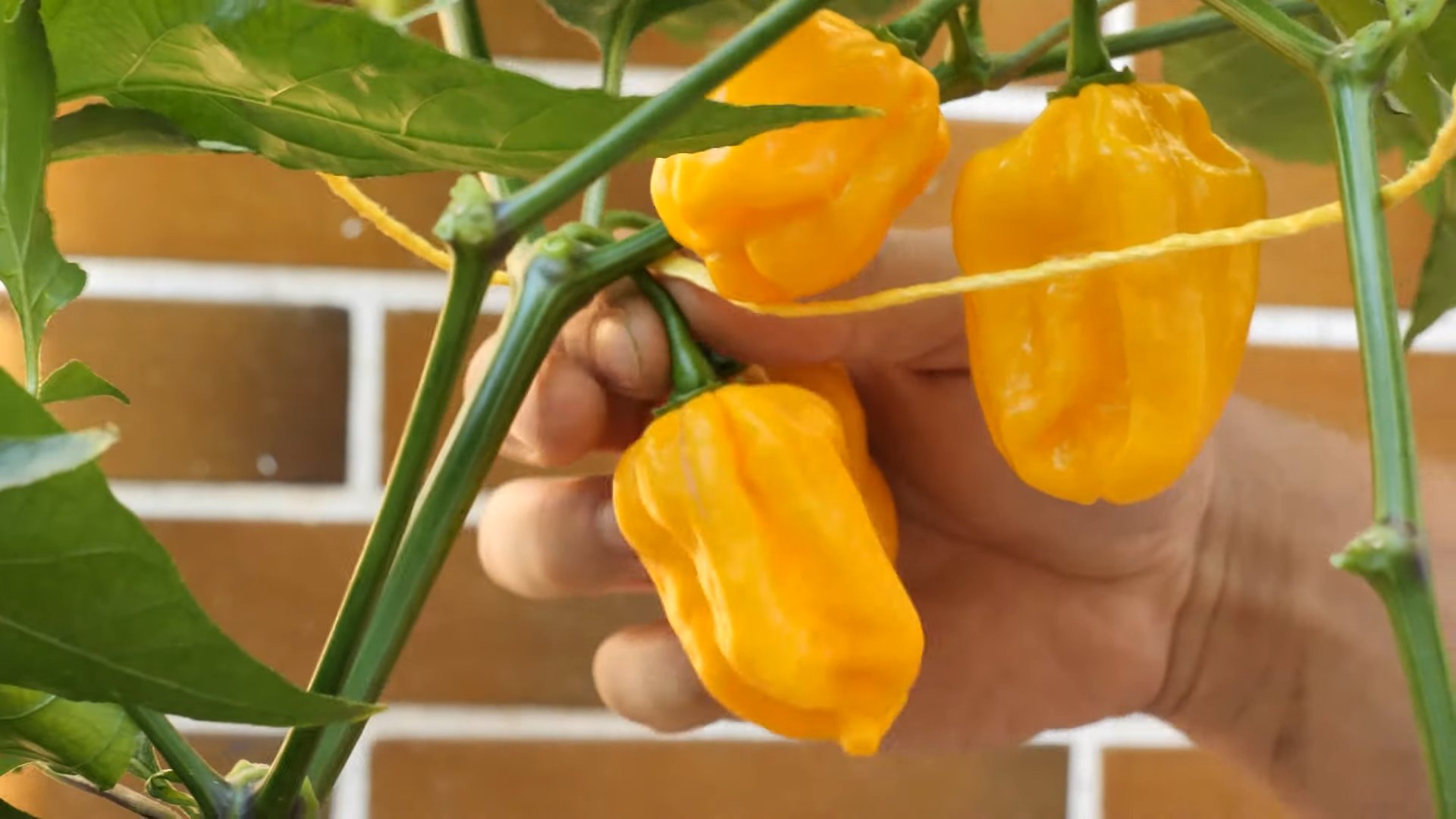
Growing Yellow Habaneros from Seed: A Spicy Adventure!
Hey fellow chili enthusiasts! I’m so excited to share my experience growing yellow habaneros from seed. It’s a rewarding process that, while requiring patience, ultimately delivers a fiery harvest. Get ready to add some sunshine and serious heat to your dishes!
Getting Started: Gathering Your Supplies
Before we dive into the planting process, let’s make sure we have everything we need. This will make the whole experience smoother and more enjoyable.
* Habanero Seeds: Obviously! Make sure you source them from a reputable supplier to ensure good germination rates. I personally love getting mine from online seed companies that specialize in peppers.
* Seed Starting Trays or Small Pots: These will be our nurseries for the baby habaneros. I prefer trays with a humidity dome to help keep the moisture levels consistent.
* Seed Starting Mix: This is crucial! Regular potting soil is often too dense for delicate seedlings. Seed starting mix is light, airy, and sterile, preventing damping-off disease.
* Spray Bottle: For gently watering the seeds and seedlings. A heavy pour can easily dislodge them.
* Heat Mat (Optional but Recommended): Habaneros love warmth! A heat mat will significantly improve germination rates, especially if you live in a cooler climate.
* Grow Light (Optional but Recommended): Once the seedlings emerge, they’ll need plenty of light to prevent them from becoming leggy. A grow light is a fantastic investment.
* Small Pots (For Transplanting): Once the seedlings have a few sets of true leaves, we’ll need to transplant them into slightly larger pots.
* Potting Soil: This is different from seed starting mix. Choose a well-draining potting soil that’s rich in nutrients.
* Fertilizer: A balanced liquid fertilizer will help your habaneros thrive.
* Gardening Gloves: To keep your hands clean and protected.
* Labels and a Marker: To keep track of what you’ve planted. Trust me, it’s easy to forget!
Phase 1: Sowing the Seeds
This is where the magic begins! We’re going to create the perfect environment for our habanero seeds to sprout.
1. Prepare the Seed Starting Trays: Fill your seed starting trays or small pots with seed starting mix. Gently tap the trays to settle the mix, but don’t compact it too much.
2. Moisten the Soil: Use your spray bottle to thoroughly moisten the seed starting mix. It should be damp but not soggy.
3. Sow the Seeds: Place 2-3 seeds in each cell or pot. Habanero seeds can sometimes have a lower germination rate, so planting multiple seeds increases your chances of success.
4. Cover the Seeds: Lightly cover the seeds with a thin layer of seed starting mix (about 1/4 inch).
5. Water Gently: Use your spray bottle to gently water the surface of the soil again.
6. Cover with a Humidity Dome (If Using): This will help maintain consistent moisture levels and create a warm, humid environment.
7. Place on a Heat Mat (If Using): Set your heat mat to a temperature between 80-85°F (27-29°C).
8. Label Your Trays: Don’t forget to label your trays with the date and the type of pepper you’re growing!
9. Be Patient: Germination can take anywhere from 7 to 21 days, or even longer, depending on the temperature and conditions. Keep the soil consistently moist and resist the urge to dig around and check on the seeds every day!
Phase 2: Nurturing the Seedlings
Once those little green sprouts emerge, it’s time to provide them with the care they need to grow strong and healthy.
1. Remove the Humidity Dome: Once the seedlings start to emerge, remove the humidity dome to prevent damping-off disease.
2. Provide Adequate Light: If you’re using a grow light, position it a few inches above the seedlings. Adjust the height as the seedlings grow. If you’re relying on natural light, place the seedlings in a sunny window that receives at least 6-8 hours of direct sunlight per day. Rotate the trays regularly to ensure even growth.
3. Water Carefully: Water the seedlings when the top inch of soil feels dry to the touch. Use your spray bottle to gently water the base of the plants, avoiding getting water on the leaves. Overwatering can lead to root rot.
4. Thin the Seedlings: Once the seedlings have a few sets of true leaves (the leaves that look like miniature versions of the adult plant’s leaves), thin them out by snipping off the weaker seedlings at the soil line. Leave only the strongest seedling in each cell or pot. I know it’s hard to do, but it’s necessary to give the remaining seedling enough space and resources to thrive.
5. Fertilize Lightly: Start fertilizing the seedlings with a diluted liquid fertilizer (follow the instructions on the fertilizer label) every 1-2 weeks.
Phase 3: Transplanting to Larger Pots
As the seedlings grow, they’ll need more space to develop their root systems. It’s time to transplant them into larger pots.
1. Prepare the Pots: Fill your small pots with well-draining potting soil.
2. Gently Remove the Seedlings: Carefully remove the seedlings from the seed starting trays or small pots. Use a small spoon or fork to gently loosen the soil around the roots. Be careful not to damage the delicate roots.
3. Transplant the Seedlings: Make a hole in the center of the potting soil in each pot. Gently place the seedling in the hole and cover the roots with soil.
4. Water Thoroughly: Water the transplanted seedlings thoroughly.
5. Provide Support (Optional): If the seedlings are getting tall and leggy, you can provide them with support by inserting a small stake into the pot and tying the stem to the stake with soft twine.
6. Harden Off the Seedlings: Before transplanting the seedlings outdoors, you’ll need to “harden them off.” This process gradually acclimates the seedlings to outdoor conditions. Start by placing the seedlings outdoors in a sheltered location for a few hours each day, gradually increasing the amount of time they spend outdoors over the course of a week or two. Protect them from direct sunlight and strong winds during this process.
Phase 4: Growing Outdoors (or in a Large Container)
Now for the final stage! Getting your habaneros established in their final growing location.
1. Choose a Sunny Location: Habaneros need at least 6-8 hours of direct sunlight per day. Choose a location in your garden that receives plenty of sun.
2. Prepare the Soil: Habaneros prefer well-draining soil that’s rich in organic matter. Amend your soil with compost or other organic matter before planting.
3. Transplant the Seedlings: Dig a hole that’s slightly larger than the root ball of the seedling. Gently remove the seedling from the pot and place it in the hole. Cover the roots with soil and water thoroughly.
4. Space the Plants Properly: Space the plants about 18-24 inches apart to allow them plenty of room to grow.
5. Water Regularly: Water the plants regularly, especially during hot, dry weather. Allow the soil to dry out slightly between waterings.
6. Fertilize Regularly: Fertilize the plants every 2-3 weeks with a balanced fertilizer.
7. Provide Support: As the plants grow, they may need support to prevent them from falling over. You can use stakes, cages, or trellises to provide support.
8. Watch Out for Pests and Diseases: Keep an eye out for pests and diseases, such as aphids, spider mites, and blossom end rot. Take action promptly to control any problems that arise.
9. Be Patient (Again!): It can take several months for habaneros to mature and produce fruit. Be patient and continue to provide them with the care they need.
Harvesting Your Yellow Habaneros
The moment we’ve all been waiting for!
1. Know When to Harvest: Yellow habaneros are typically ready to harvest when they turn a bright, vibrant yellow color. They should also feel firm to the touch.
2. Use Gloves: Wear gloves when harvesting habaneros to protect your skin from the capsaicin oil, which can cause burning and irritation.
3. Cut the Peppers: Use scissors or pruning shears to cut the peppers from the plant, leaving a small stem attached.
4. Enjoy Your Harvest! Use your yellow habaneros to add some heat and flavor to your favorite dishes. You can also dry them, pickle them, or
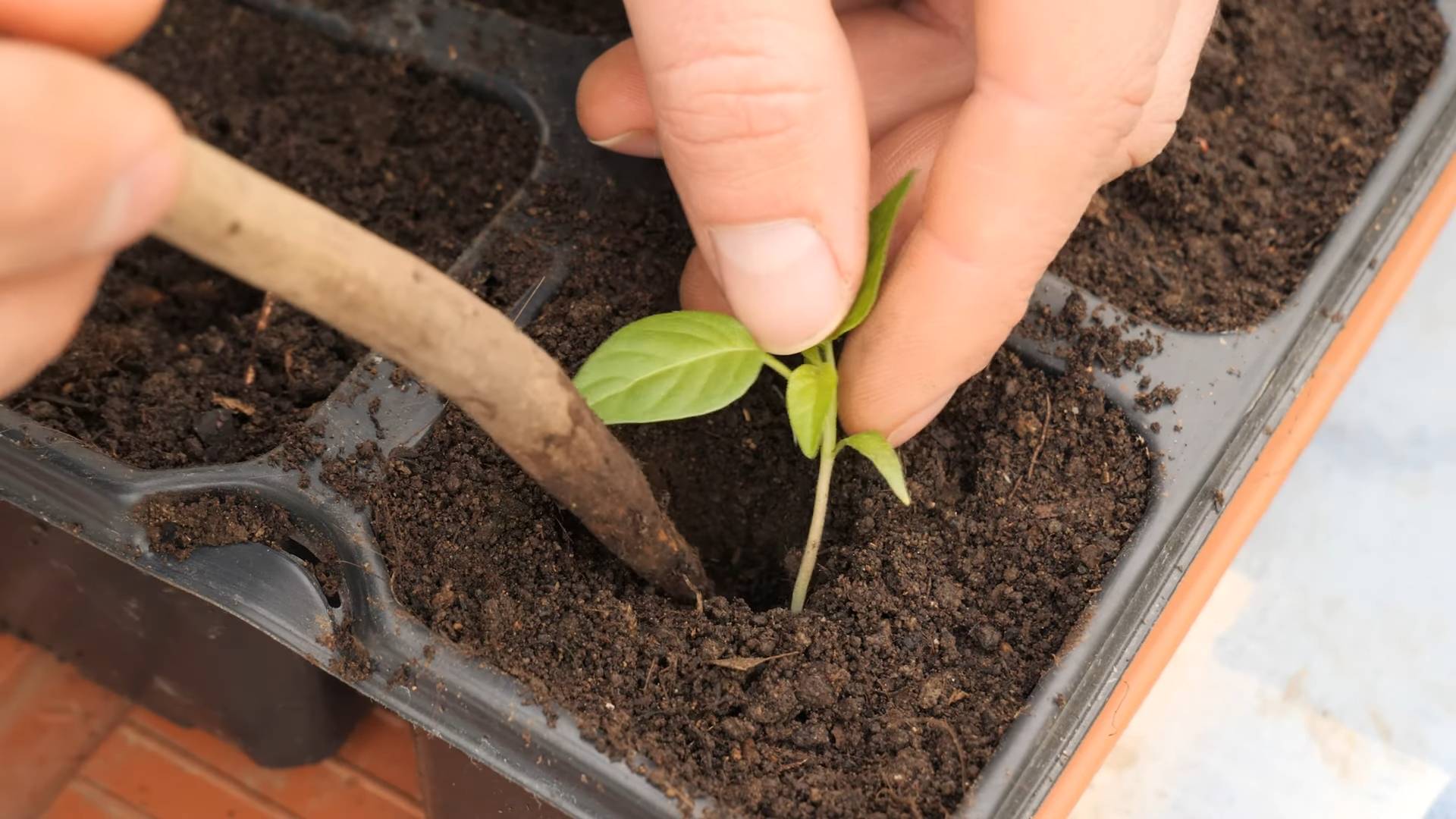
Conclusion
So, there you have it! Growing yellow habaneros from seed might seem daunting at first, but with a little patience, the right techniques, and a dash of love, you can cultivate your own fiery harvest right in your backyard or even on your windowsill. This DIY project isn’t just about saving money; it’s about connecting with the food you eat, understanding the growing process, and experiencing the immense satisfaction of nurturing a plant from a tiny seed to a vibrant, pepper-producing powerhouse.
Why is this a must-try? Because store-bought habaneros, while convenient, often lack the freshness and intense flavor that homegrown peppers possess. Plus, you have complete control over the growing environment, ensuring your peppers are free from unwanted chemicals and pesticides. Imagine the bragging rights when you serve up a dish featuring habaneros you personally cultivated!
But the fun doesn’t stop there. Feel free to experiment with different growing mediums. While we’ve outlined a successful method, you might find that a specific soil blend or hydroponic setup works even better for your local climate and growing conditions. Consider trying different seed starting trays or even repurposing egg cartons for an eco-friendly approach.
Another exciting variation is to explore different yellow habanero varieties. While the classic yellow habanero is a fantastic choice, there are other cultivars with slightly different flavor profiles and heat levels. Research and discover which one best suits your culinary preferences. Perhaps you’d like to try growing a ‘Golden Habanero’ or a ‘Mustard Habanero’ for a unique twist.
Don’t be afraid to get creative with your pepper plants! Once they’re established, you can experiment with different pruning techniques to encourage bushier growth and higher yields. You can also try companion planting, pairing your habaneros with herbs like basil or rosemary, which can help deter pests and enhance flavor.
Ultimately, growing yellow habaneros from seed is a rewarding journey that connects you to the natural world and provides you with a delicious and fiery ingredient for your culinary creations. We encourage you to embark on this adventure and discover the joy of homegrown peppers.
We’re confident that with our guide, you’ll be well on your way to a bountiful harvest. But the real magic happens when you share your experiences with others. Did you try a different growing medium? Did you discover a secret trick for boosting germination rates? Did you create a particularly delicious recipe using your homegrown habaneros?
Share your successes, your challenges, and your tips in the comments below. Let’s create a community of passionate pepper growers, learning from each other and celebrating the joys of homegrown heat. So, grab your seeds, prepare your soil, and get ready to experience the thrill of growing your own yellow habaneros from seed! We can’t wait to hear about your journey!
Frequently Asked Questions (FAQ)
What is the ideal temperature for germinating yellow habanero seeds?
The ideal temperature range for germinating yellow habanero seeds is between 80°F and 85°F (27°C and 29°C). Maintaining a consistent temperature within this range is crucial for successful germination. You can use a heat mat specifically designed for seed starting to achieve this. If you don’t have a heat mat, you can place your seed starting tray in a warm location, such as on top of your refrigerator or near a radiator, but be sure to monitor the temperature closely to avoid overheating. Fluctuations in temperature can significantly reduce germination rates.
How long does it typically take for yellow habanero seeds to germinate?
Germination time for yellow habanero seeds can vary depending on several factors, including temperature, humidity, and seed quality. Generally, you can expect to see seedlings emerge within 7 to 21 days. However, it’s not uncommon for some seeds to take longer, even up to a month. Patience is key! Ensure that the soil remains consistently moist but not waterlogged during this period. If you haven’t seen any signs of germination after a month, it might be worth starting a new batch of seeds.
What type of soil is best for growing yellow habaneros?
Yellow habaneros thrive in well-draining, nutrient-rich soil. A good starting mix is a combination of peat moss, perlite, and vermiculite. This blend provides excellent drainage and aeration, which is essential for healthy root development. You can also amend your soil with compost or well-rotted manure to boost its nutrient content. Avoid using heavy clay soils, as they tend to retain too much moisture and can lead to root rot. A slightly acidic to neutral pH (around 6.0 to 7.0) is ideal for habaneros.
How much sunlight do yellow habanero plants need?
Yellow habanero plants require at least 6 to 8 hours of direct sunlight per day to thrive. Insufficient sunlight can result in leggy growth, reduced flowering, and smaller pepper yields. If you’re growing your plants indoors, supplement natural sunlight with grow lights. Position the grow lights a few inches above the plants and adjust the height as they grow. When transplanting your seedlings outdoors, gradually acclimate them to the full sun over a period of a week to prevent sunburn.
How often should I water my yellow habanero plants?
Water your yellow habanero plants deeply and regularly, allowing the soil to dry out slightly between waterings. Overwatering can lead to root rot, while underwatering can stress the plants and reduce pepper production. Check the soil moisture by inserting your finger about an inch deep. If the soil feels dry, it’s time to water. During hot weather, you may need to water more frequently. Use a watering can or hose to water at the base of the plant, avoiding wetting the foliage, which can increase the risk of fungal diseases.
When and how should I fertilize my yellow habanero plants?
Start fertilizing your yellow habanero plants about two weeks after transplanting them into their final containers or garden beds. Use a balanced fertilizer with an NPK ratio of 10-10-10 or 14-14-14. Follow the instructions on the fertilizer packaging for application rates. As the plants begin to flower and produce peppers, switch to a fertilizer with a higher phosphorus content (e.g., 5-10-5) to promote fruit development. Avoid over-fertilizing, as this can lead to excessive foliage growth at the expense of pepper production. You can also supplement with compost tea or liquid seaweed extract for added nutrients.
What are some common pests and diseases that affect yellow habanero plants?
Common pests that can affect yellow habanero plants include aphids, spider mites, whiteflies, and pepper weevils. Regularly inspect your plants for signs of infestation, such as yellowing leaves, webbing, or small insects. Treat infestations promptly with insecticidal soap, neem oil, or other organic pest control methods. Common diseases include fungal diseases like powdery mildew and blossom end rot. Ensure good air circulation around your plants and avoid overwatering to prevent fungal diseases. Blossom end rot is often caused by calcium deficiency, so amend your soil with calcium-rich amendments like bone meal or eggshells.
How do I know when my yellow habaneros are ripe?
Yellow habaneros are typically ready to harvest when they turn a vibrant, uniform yellow color. The peppers should also feel firm and slightly waxy to the touch. The time it takes for peppers to ripen can vary depending on the variety and growing conditions, but it generally takes around 80 to 100 days from transplanting. Use pruning shears or scissors to carefully cut the peppers from the plant, leaving a small stem attached.
Can I save seeds from my yellow habaneros to grow next year?
Yes, you can save seeds from your yellow habaneros to grow next year. Choose peppers that are fully ripe and healthy. Cut the peppers open and remove the seeds. Spread the seeds out on a paper towel and allow them to dry completely for several days. Once the seeds are dry, store them in an airtight container in a cool, dark, and dry place. Properly stored seeds can remain viable for several years. Keep in mind that if your habaneros were cross-pollinated with other pepper varieties, the seeds may not produce true-to-type plants.

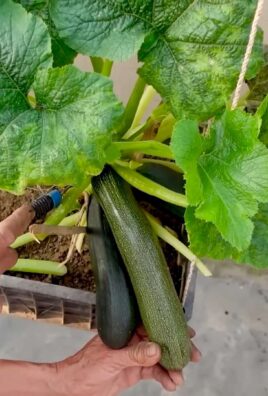
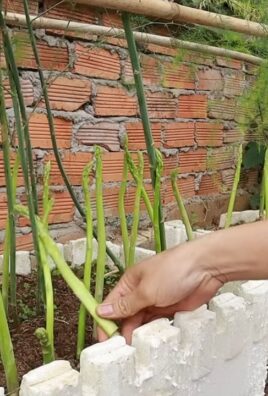
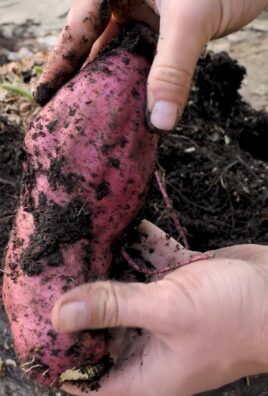
Leave a Comment